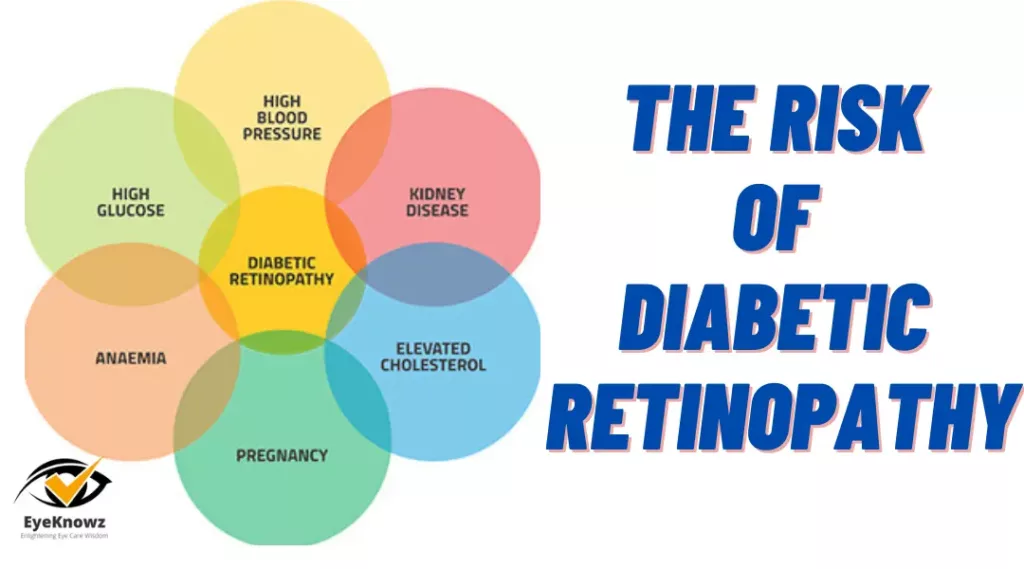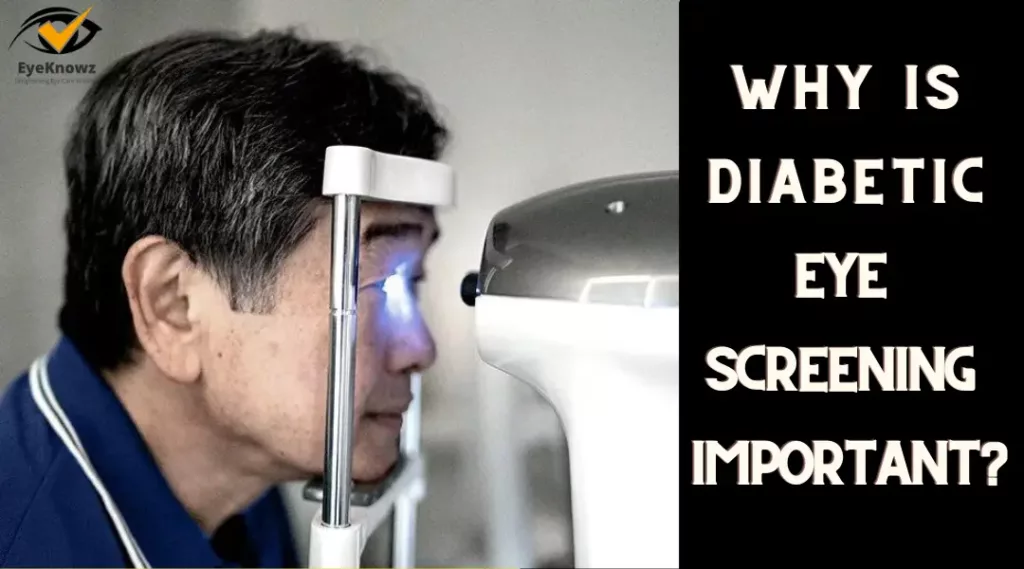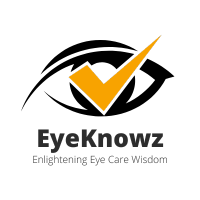In the labyrinth of our intricate biology, where the marvel of life’s intricacies unfolds, there exists a silent sentinel. This sentinel, known as diabetic eye screening, which plays a pivotal yet often underestimated role in our journey to understand, manage, and ultimately conquer the challenges posed by diabetes. Well, why is diabetic eye screening important? And what is the significance behind the eye screening? So, here we will discuss it deeply. Let’s examine!
Understanding Diabetic Eye Screening
Diabetic eye screening, often shrouded in mystery for many, is a uniquely targeted examination, a keen detective that seeks answers within the ocular realm. It is not your ordinary eye exam; it is a journey into the microcosm of the retina, where the fingerprints of diabetes often first appear.
The process differs subtly from routine eye examinations; it has a singular focus to unearth the subtlest clues of a condition called diabetic retinopathy, a menace that silently creeps into the eyes of those with diabetes. This condition results from high blood sugar levels that wage a relentless assault on the delicate blood vessels within the retina, the photographic canvas of our sight.
The Risk Of Diabetic Retinopathy

The passage of time, a companion to diabetes, often amplifies the risk of diabetic retinopathy. It is at the length of our battle against this disease that the danger grows. The more prolonged diabetes resides within us, the higher the stakes in this game of sight. It’s a compelling reason to embark on the journey of regular diabetic eye screening.
Beyond time, blood sugar control emerges as another key player. The relentless power of these glucose tides can keep the turbulent waves of retinopathy at bay. High blood pressure and aberrant cholesterol join the fray, complicating our guardian’s mission. Pregnancy, a time of wondrous anticipation, also carries an elevated risk for those with diabetes, requiring special vigilance.
Early Detection Saves Vision
Amidst this challenging dance of risk factors, the essence of diabetic eye screening emerges, the power to detect, unearth, and unravel diabetic retinopathy’s secrets. It is a power that changes the course of history for our eyes.
Imagine a painter, brushes poised on a canvas, ready to create a masterpiece. Now, picture this artist’s work prematurely marred by the hands of time. This is the fate that awaits our eyes without early detection. Diabetic eye screening is our sentinel’s clarion call, the timely intervention preventing our vision’s masterpiece from tarnishing.
The Screening Process And Frequency
How does this sentinel operate? What are the tools in its arsenal? It begins with the gentle dilation of the pupils, a small price to pay for the clarity it bestows. Now wide open to scrutiny, the eyes reveal their innermost secrets to specialised instruments. These devices, like the skilled hands of an investigator, explore the retina, capturing its essence in images of astonishing detail. This is the entire screening process—a process that holds the key to our ocular destiny.
The frequency of these screenings, a matter of individual circumstances, stands as a beacon of guidance. For some, it is an annual rendezvous; for others, a more frequent encounter. It is a dance orchestrated by our healthcare providers, a choreography that varies based on the duration of our diabetes journey and the subtleties of our ocular health.
The Role Of Healthcare Professionals
Behind the scenes, healthcare professionals take centre stage. Ophthalmologists and optometrists, skilled in the language of the eyes, stand as sentinels themselves. They are the guardians of our ocular realm, the expert voices deciphering the retina’s whispers.
Our part in this intricate ballet is simple—attend the screenings as recommended, communicate openly, and trust in the expertise of those who understand the intricacies of sight.
Conclusion
Remember that diabetic eye screening is a collaborative effort between individuals with diabetes and their healthcare providers. By adhering to recommended screening frequencies and maintaining open communication, individuals can take proactive steps to protect their vision and enjoy a fulfilling life, even with diabetes. The retinal eye screening for diabetics, identifies the threads of retinopathy and unravels them before they can cast their shadow on our vision.
Thank you for exploring the importance of diabetic eye screening with us. If you have further questions or need more information on this topic or any other aspect of diabetes care, don’t hesitate to contact your healthcare provider. Your eye health is worth the investment.
FAQs
What sets diabetic eye screening apart from a routine eye exam?
It’s a specialised examination focused on the retina, designed to uncover the early signs of diabetic retinopathy.
How often should I partake in these screenings?
The frequency varies, but an annual screening is the rhythm of choice for many.
Is the process painful?
Not in the traditional sense. There might be temporary discomfort from pupil dilation, but the actual screening is non-invasive.
What if diabetic retinopathy is discovered?
Early detection opens the door to treatments that can halt its progression.
Can screening prevent diabetic retinopathy?
While not a preventive measure, screening is our guardian’s early warning system, allowing us to act swiftly.






